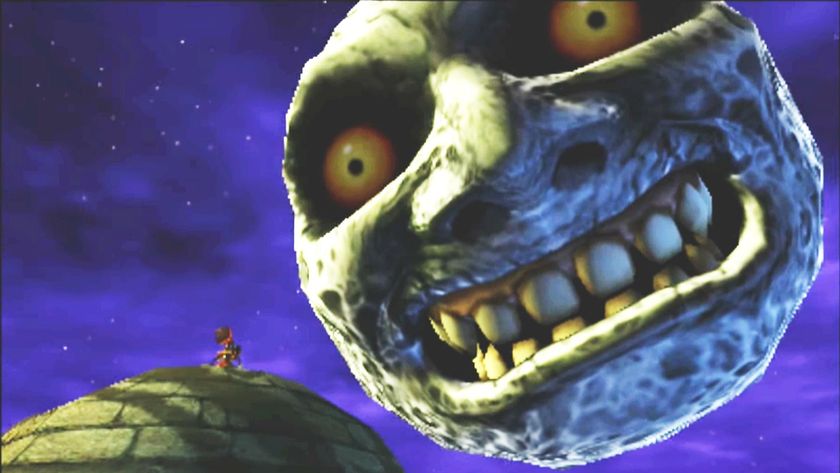The Last of Us: What Naughty Dog's sly hints and cryptic clues tell us about the story, gameplay and secret innovations
You already know way more than you think you do
On paper, based on the explicitly revealed information, The Last of Us' blend of cinematic third-person action and two asymmetrical protagonists currently sounds like a simple case of Uncharted meets Enslaved. Not a bad combo, but certainly not as exciting as we’d expect from a new Naughty Dog IP, and certainly not as exciting as Naughty Dog have been hinting this game is. But by reading between the lines of the implicitly revealed information, by sticking together all of the hints and looking at the shape of the resultant hint-ball, I reckon it’s pretty clear that this game is going to be much more than that.
Having cross-referenced all of ND's recent sound-bites with the reveal trailer, I think I've worked out what The Last of Us is really about, how it will work, and how it will play. And I think there might be some seriously clever innovation brewing here. Naughty Dog have repeatedly stated that the game is going to elevate video game story-telling. Here's how I suspect it's going to do that (while smashing a whole lot of bad-guy skull at the same time).
It all starts with an 11-year-old game
Whether you consider it a plaudit for Ico or an aspersion on the development of all other video game narrative since, the fact remains that Sony’s 2001 escort-‘em-up remains the absolute benchmark for creating a real-feeling relationship with an NPC through gameplay. And you know, a good one, not the dodgy Hentai-fuelled virtual girlfriend kind. Half-Life 2 (particularly its episodic add-ons) has done great work with building the player’s attachment to Alyx, but that has always been achieved more through storyline and smart use of the first-person perspective. In terms of using the actual physical mechanics of the gameplay itself, no-one has yet bettered Team Ico.
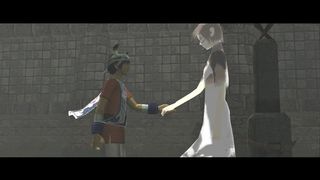
But I reckon that The Last of Us is going to go all out to achieve that. And I reckon it’s going to do through smart gameplay rather than melodramatic cut-scenes. And smart, really bloody, really violent gameplay at that. In fact it just might involve the most emotionally-engaging bludgeoning of bad-guys you've ever seen. If you read on I'll tell you how I think this game is going to work, how the relationship between the two lead characters will evolve, and how it could maybe even all go horribly wrong.
But let’s not get ahead of ourselves. Let’s start with the basics.
You’ve already played the core game
Naughty Dog have already admitted this. The core of The Last of Us is based upon the section of Uncharted 2 in which you co-op explored the Himalayas with Drake’s buddy Tenzin. As you might remember, although you only ever controlled Drake, that section revolved around the two characters navigating separate precarious paths in order to unlock new routes for each other, while also intermittently saving each other’s arses along the way.
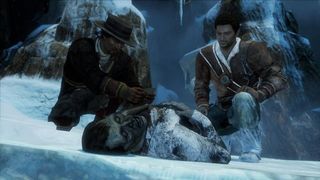
Above: It's basically all about these guys. Only one of them is now a 14-year-old girl
Sign up to the 12DOVE Newsletter
Weekly digests, tales from the communities you love, and more
This sort of thing is nothing new. Hell, the rough idea has been around since Head Over Heels on the 8-bit ZX Speccy. But Uncharted 2 pushed it forward slightly by the way it used the mechanics and choreography of this section to build a real sense of partnership and mutual reliance between the two characters. Tenzin’s more instinctive navigation and greater manoeuvrability (via his grappling hook) put him in the driving seat through the deliberately unclear and confusing geographical layout of the cave sections’ opening stages.Yes, he was a basically just a bit of digital code babbling foreign stuff at you, but the way he was used made him feel like way more than that.
It made the usually capable Drake reliant on him, the new paths Tenzin opened up making him logistically vital, while more importantly, the confusing level layout and its lightly bewildering effect on the player made Nate – as an extension of the player’s feelings – emotionally reliant on him in an unknown and threatening environment. Couple in the odd scripted save from a failed jump and ultimately Tenzin and Drake, despite their brief relationship, end up having a close personal bond as well as a working relationship. To both Nate and the player (provided you invest in this stuff) Tenzin becomes valuable as a person, not just as a game mechanic. And that is what Naughty Dog is going to take forward into The Last of Us.
But Uncharted 2 will just be the foundation for a whole lot more work in a whole lot of different directions.
What the game will be about
We know a few things for definite. Firstly, you will only play as Joel. Ellie will be an AI companion, but she will not degenerate the game into one long escort mission. Her AI and capability are the main things that Naughty Dog are focusing on. And from that we can deduce that this game is very much about the two characters equally, not about Joel with Ellie just tagging along.
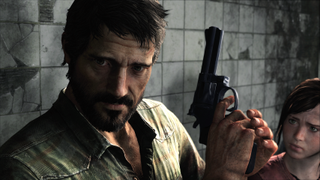
Secondly, we know that combat is a mix of melee and gunplay, with the emphasis on the former. And we know that rather than remaining as dismally useless as a 14-year-old-girl would logically be in a post-apocalyptic survival scenario, Ellie's combat ability will develop throughout the course of the game.
Immediately we have a strong model with which to build out Uncharted 2’s gameplay-driven character interplay into something more expansive and affecting. And crucially we also have something that Uncharted 2 did not have. A long-term framework for mutual character evolution through a developing relationship. Nate and Tenzin’s relationship was a snapshot of mutually reliant teamwork between a couple of short-term buddies thrown together. The Last of Us, I strongly suspect, is going to be all about how Joel and Ellie shape each other, how they individually shape their shared relationship, and how that relationship changes each of them further.
But being a Naughty Dog game, that will be communicated not through sappy sentiment and soft-focus lenses, but by visceral action deliberately designed to build those themes directly through the player’s involvement.
And being a big tease, I'll get onto that just over on the next page.
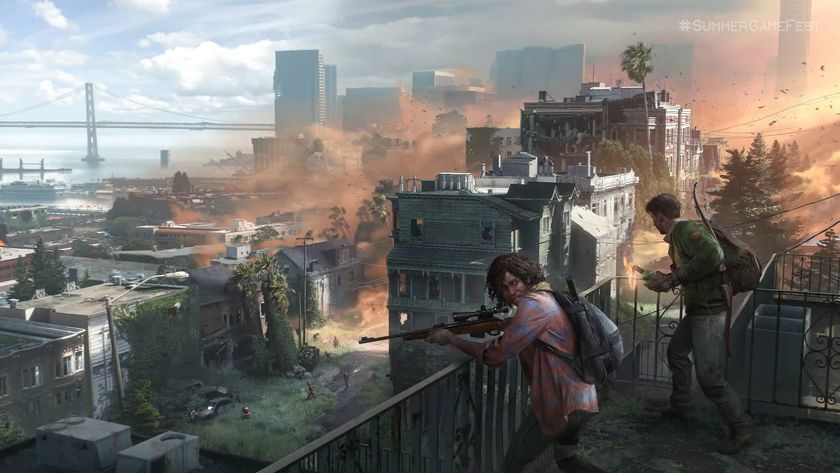
Cancelled The Last of Us Online game was "great," but former PlayStation exec says Naughty Dog had to scrap it after Bungie told them how much work it would be
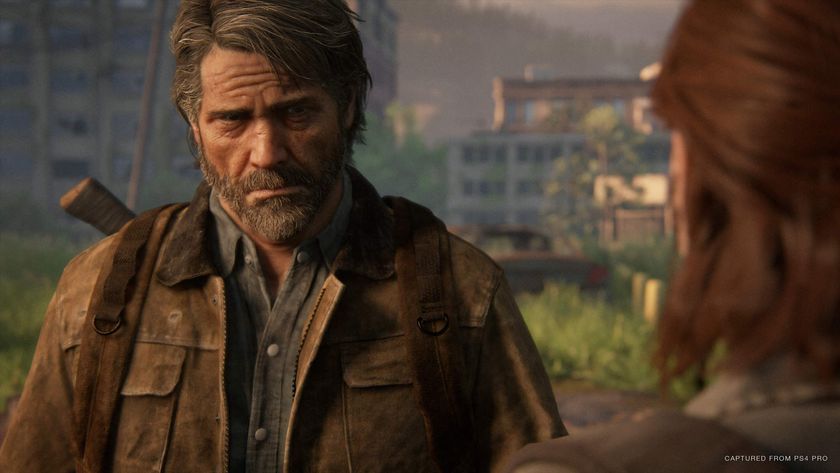
The Last of Us director Neil Druckmann doesn't have the "confidence" to plan for sequels: "I'm not saving some idea for the future"
Most Popular





